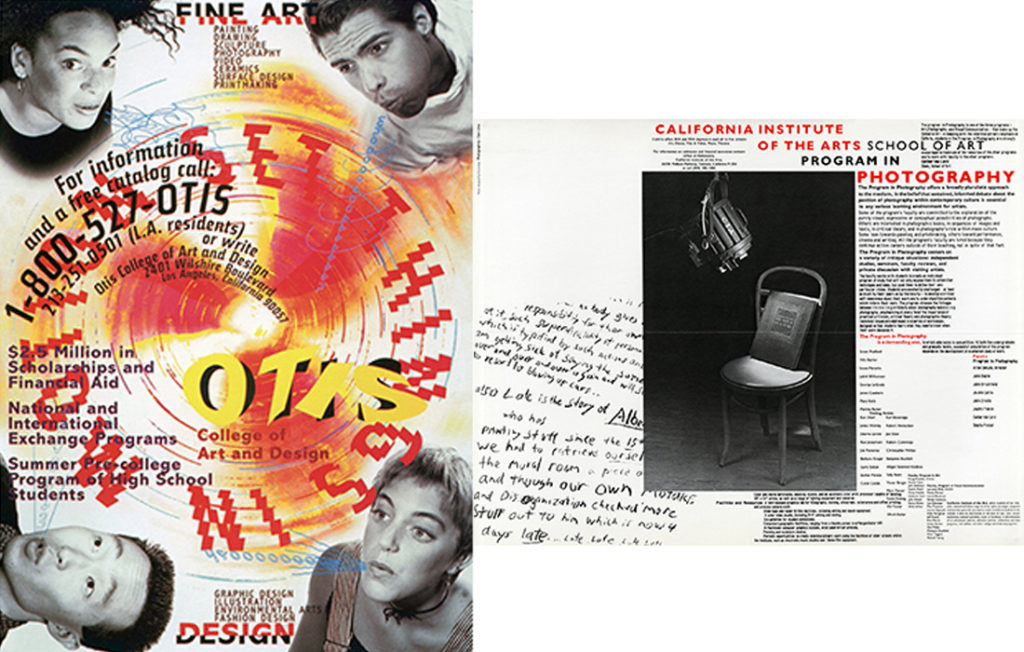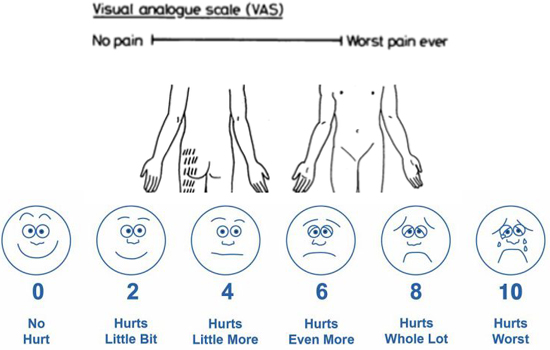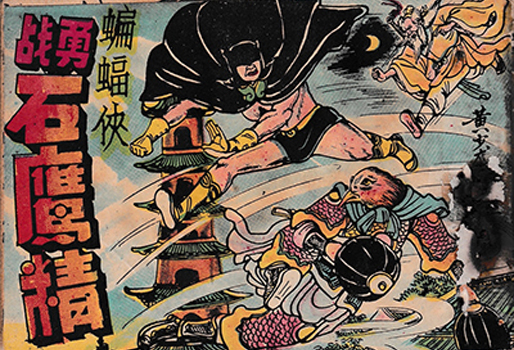
David Cabianca
Professor Cabianca is currently working on a five-year project, Examining Realist Tendencies in Graphic Design: A Study of Fella, Wild, Keedy, VanderLans and Licko. This study aims to shed light on an aesthetic problem that has been overlooked in design theory. This project seeks to expand our understanding of graphic design as a discipline through the lens of Realism, and in doing so, rethink graphic design’s reception among the public and its place among the arts. Realism refers to “things as they are” rather than “things in the ideal”: A graphic design which reflects Realism is imperfect, diverse, and idiosyncratic. It accepts the conditions or context which informed its creation rather than follow the tenets of “good” graphic design that determine conventional design aesthetics. This study will analyze the graphic design work of Ed Fella, Lorraine Wild, Jeff Keedy, Rudy VanderLans, and Zuzana Licko to explore the presence and reception of Realism. These designers were at various times vilified by the profession for their design work in the 1980s and 1990s. But the impetus that propelled their work is perhaps more important than ever before and worthy of detailed analysis and critical reflection. The research challenge of this project seeks to increase the visibility of design practices that are often deemed “marginal,” “alternative,” or “minor.” Funded in part by a grant from the Canadian Social Sciences and Humanities Research Council (SSHRC).
Graduate Program in Design
David Cabianca
cabianca@yorku.ca
Gabi Schaffzin
Pain as a vital sign, listed alongside blood pressure or heart rate as a numerical value, is a relatively new concept, less than 30 years old. Historically, it was observed via visual signs: a limp or a bruise, a wince or a cut. As the field of pain research expanded and formalized by the latter half of the twentieth century, pain became information rather than representation—a measurable, quantifiable, classifiable quality. Throughout, the graphic pain scale, a set of standardized image instruments used to measure and quantify pain, emerged as pain-as-information’s major form. This project traces the development of these scales to present a history of the medical and social construction of pain as a graphic sign and as vital information.
The graphic pain scale is a critical category of technique and a core component of pain medicine—and thus is a core component of the ways that pain came to be understood and communicated by medical professionals and by people in pain since the late 20th century. How and in what sorts of practices and forms did this graphic design entity, the pain scale, emerge, and how has it informed and delimited pain communication, pain knowledge, and pain experience? To address these questions, I also consider how graphic design has intersected not only with medicine but also with the experiences of people in pain, informing our expression and communication of our pain.
Graduate Program in Design
Gabi Schaffzin
gabis@yorku.ca


Wendy S. Wong
Wendy S. Wong has established an international reputation with expertise in the areas of Chinese graphic design history and Chinese comic art history. Two of her books, The Disappearance of Hong Kong in Comics, Advertising and Graphic Design (2018), published by Palgrave Macmillan, and Hong Kong Comics: A History of Manhua (2002), by Princeton Architectural Press, serve as key references in the field. She is a regional editor of the Greater China Region for the Encyclopedia of East Asian Design (2020) by Bloomsbury Academic. Apart from her ongoing research projects on the history of East Asian graphic design and Hong Kong comics studies, she is an active researcher in international collaboration research projects. She recently participated as co-editor with John A. Lent and Benjamin Wai-ming Ng for a forthcoming book, Transnationalism in East and Southeast Asian Comics Art, which also includes her contributing chapter, “On Transnationality: A History of Negotiations of Self-identity in Selected Works by Women Comic Artists in Hong Kong.” She is also involved in a global research project investigating the history of Batman in international comics. Professor Wong will be contributing a chapter focusing on the adaptation of this American comic character in the context of Hong Kong.
In the area of world graphic design history, Professor Wong is currently involved in contributing to a book project on underappreciated women graphic designers from the 20th century. She looks forward to increasing the visibility of non-Euromerican-centric visual cultural history in graphic design and similarly, to raise the profile of comics studies within the world of academic research.
Graduate Program in Design
Wendy S. Wong
wsywong@yorku.ca

Learn More
The Graduate Program in Design at York is an exciting environment to pursue innovative, socially engaging, career-ready education. Contact our Student Program Assistant to learn more.
